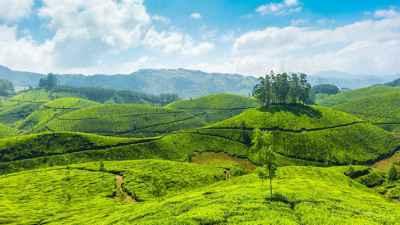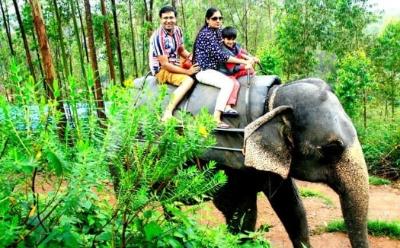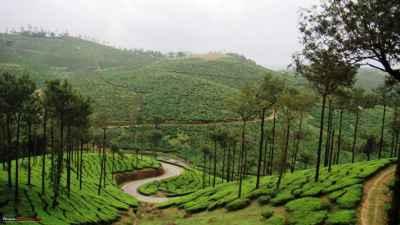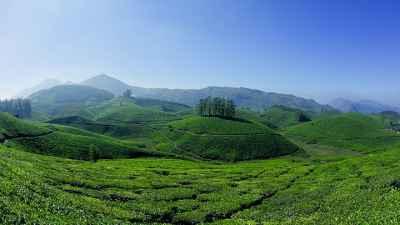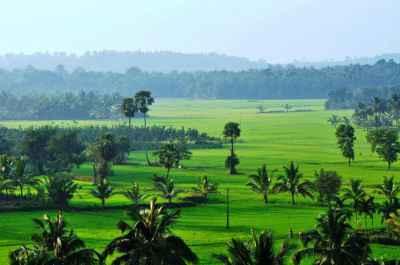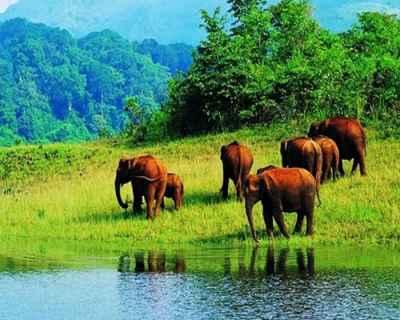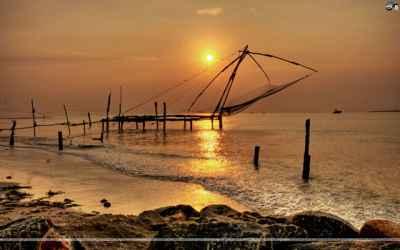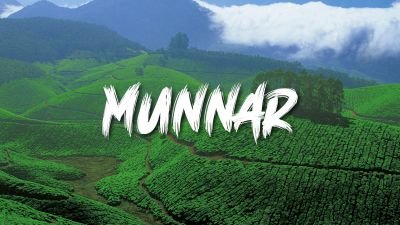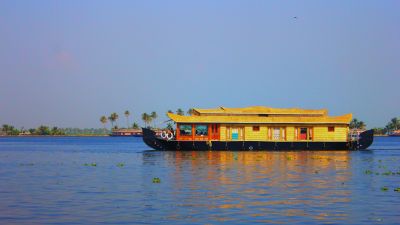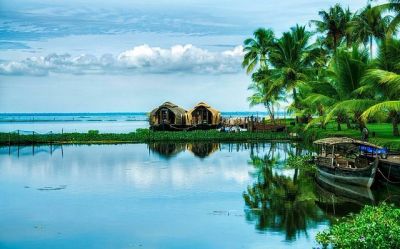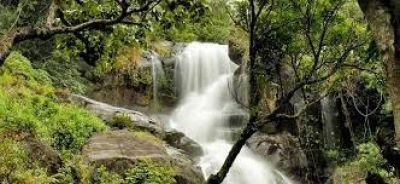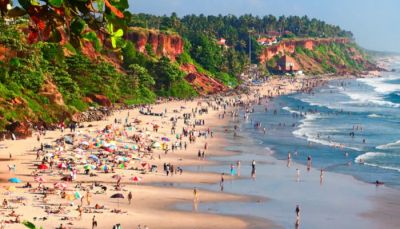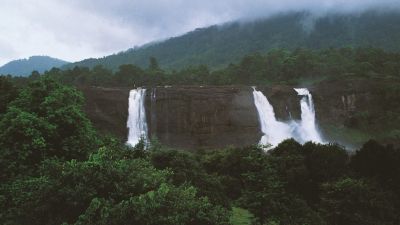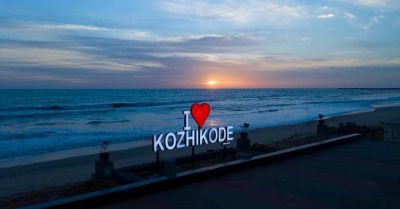Music and Dance of Kerala: A Performative Experience
Kerala, the beautiful southern state of India, is not only known for its breathtaking backwaters and serene beaches but also for its vibrant and rich cultural heritage. One aspect of this cultural extravaganza that leaves a profound impact on visitors is the music and dance forms of Kerala. These performative arts are not just a source of entertainment but also carry a deep religious and social significance. In this blog post, we will take you on a journey through the mesmerizing world of music and dance in Kerala.
Kathakali: The Grand Dance Drama
One cannot speak of Kerala's performing arts without mentioning Kathakali, the iconic dance drama that originated in the 17th century. Known for its elaborate makeup, colorful costumes, and intense rhythmic movements, Kathakali tells stories from Indian epics like the Ramayana and the Mahabharata. The dancers, with their dramatic facial expressions and synchronized hand gestures, bring these mythical characters to life on stage.
Kathakali performances are a visual treat for the audience, showcasing the intricate footwork, graceful body movements, and elaborate costumes. The accompanying music, known as Sopanam, adds to the overall experience with its soulful melodies and traditional instruments such as chenda, maddalam, and edakka.
Mohiniyattam: The Dance of the Enchantress
Mohiniyattam, often referred to as the dance of the enchantress, is a classical dance form that originated in Kerala. With its graceful movements, subtle expressions, and fluidic hand gestures, this dance form exudes elegance and beauty. The name Mohiniyattam literally means "dance of the enchantress," and it is known for its unique costume with a white-bordered gold brocade saree and a majestic hairstyle.
The themes of Mohiniyattam performances revolve around love and devotion, often showcasing episodes from the Hindu mythology, particularly the love story of Lord Krishna and the celestial nymphs called the Mohinis. The slow and rhythmic movements accompanied by soulful Carnatic music leave a lasting impact on the audience.
Thiruvathira Kali: The Dance of Women
Thiruvathira Kali is a vibrant folk dance form that is usually performed by women on the occasion of Thiruvathira, a festival celebrated in Kerala during the Malayalam month of Dhanu (December-January). The dance is performed in a circle around a nilavilakku (traditional lamp) and is characterized by its simple yet synchronized movements.
The dancers clad in traditional Kerala attire, consisting of white sarees with golden borders and jasmine flowers adorning their hair, move gracefully to the rhythm of traditional songs. The dance is accompanied by the rhythmic beats of a percussion instrument known as thiruvathira puzhukku and the melodious tunes of the accompanying singers.
Theyyam: Dance of the Gods
If you want to witness a truly mystical and awe-inspiring performance, then attending a Theyyam ritual is a must. Theyyam is a traditional dance form that combines elements of music, dance, and drama. It is performed to honor deities and ancestral spirits, and the performers transform into the divine entities they represent through elaborate makeup, costumes, and trance-like dance movements.
Theyyam performances are characterized by the use of vibrant colors, intricate face paintings, and mesmerizing dance steps. The dancers, known as theyyam artists, are believed to be possessed by the gods during the performance, and their movements and expressions are considered divine manifestations.
Mohiniyattam: The Dance of the Enchantress
Mohiniyattam, often referred to as the dance of the enchantress, is a classical dance form that originated in Kerala. With its graceful movements, subtle expressions, and fluidic hand gestures, this dance form exudes elegance and beauty. The name Mohiniyattam literally means "dance of the enchantress," and it is known for its unique costume with a white-bordered gold brocade saree and a majestic hairstyle.
The themes of Mohiniyattam performances revolve around love and devotion, often showcasing episodes from the Hindu mythology, particularly the love story of Lord Krishna and the celestial nymphs called the Mohinis. The slow and rhythmic movements accompanied by soulful Carnatic music leave a lasting impact on the audience.
Theyyam: Dance of the Gods
If you want to witness a truly mystical and awe-inspiring performance, then attending a Theyyam ritual is a must. Theyyam is a traditional dance form that combines elements of music, dance, and drama. It is performed to honor deities and ancestral spirits, and the performers transform into the divine entities they represent through elaborate makeup, costumes, and trance-like dance movements.
Theyyam performances are characterized by the use of vibrant colors, intricate face paintings, and mesmerizing dance steps. The dancers, known as theyyam artists, are believed to be possessed by the gods during the performance, and their movements and expressions are considered divine manifestations.
Conclusion
Kerala's music and dance forms are not just a treat for the senses but also provide a glimpse into the rich cultural heritage of the state. Whether it's the grandeur of Kathakali, the grace of Mohiniyattam, the vibrancy of Thiruvathira Kali, or the mysticism of Theyyam, each performance takes you on an enchanting journey into the cultural tapestry of Kerala.
If you ever get a chance to visit Kerala, make sure to witness these magical performances and immerse yourself in the artistic brilliance of this incredible land. The music, the dance, and the ambiance will leave you mesmerized and create memories that will last a lifetime.
Share this blog post with your friends to spread the word about the captivating music and dance forms of Kerala!
Disclaimer : The information provided in this blog is for general informational purposes only. While we strive to keep the content accurate and updated, TravelSetu assumes no liability for errors or omissions. If you believe any part of this blog infringes your rights or causes concern, please notify us immediately at info[at]travelsetu[dot]com so that appropriate action can be taken.
